Coral Beauty Angelfish Biota Captive-Bred
$99.99
-
Select Variant
Did you find out that this specimen comes via our LiveAquaria® Wisconsin Facility, home to our famous Diver's Den® WYSIWYG Store and our LiveAquaria® Certified Captive Grown Corals (CCGC) This means that you can be confident knowing that this specimen was given the best treatment from our knowledgeable and knowledgeable LiveAquaria® team!
Additionally, hobbyists who utilize the LiveAquaria® Professional Reef Salt get the benefit of knowing that marine species that are shipped from the LiveAquaria® Wisconsin Facility share the same parameters for water. Also when you choose to use the Professional Reef Salt, marine species that are shipped through the Wisconsin Facility will acclimate and move into your aquarium without stress and establish the basis for long lasting success.
Biota's Captive-Bred Coral Beauty Angelfish are spawned and raised by the Biota Marine Life Nursery in Palau. They can also be referred to as Twospined or Dusky Angelfish. They span across to the Central as well as the South Pacific, to the Western Pacific Ocean, and across into the Indian Ocean. The head and body are deep royal blue and are accented by a vibrant color of yellow to orange.
It is believed that the Biota Coral Beauty Angelfish is among the most simple angels to look after and possess a distinct benefit over species that are harvested from wild. They are stronger and more familiar with the conditions of the aquariums of homes. This makes them an ideal choice for newbies and experienced aquarists.
It is required to have a 70-gallon or larger tank that has plenty of hiding spots and rocks to graze. It is not a reef-friendly fish Coral Beauty Angelfish is prone to nibble at soft and stony corals (sessile invertebrates).
The diet for the Coral Beauty Angelfish must comprise of Spirulina as well as marine algae. top-quality angelfish preparations Mysis or frozen shrimp and other meaty meals.
Approximate size of purchase 1" and greater
- Description
- Additional Information
- Reviews
Coral Beauty Angelfish Information
The Coral Beauty Angelfish is generally calm but can become territorial with tank mates, especially in smaller tanks. They may exhibit aggression towards other dwarf angelfish and smaller-sized tank mates. Providing plenty of live rocks creates hiding spots where they can spend most of their time.
Diet
Feeding the Angelfish can be challenging as their diet preferences vary. Some enthusiasts easily feed them frozen and flake foods, while others struggle to get them to eat standard fish food. Live rocks in the aquarium not only offer hiding places but also provide a diverse diet, including algae they naturally consume. However, they may nip at LPS corals, making them less ideal for reef aquariums. If feeding becomes an issue, supplement with dried seaweed attached to a veggie clip or try specialized angelfish food products.
Tank Requirements
- Ideally housed in a minimum 65-gallon aquarium.
- Territorial with its own kind and other dwarf angels.
- Compatible with larger angelfish species.
- Captive bred individuals can be kept in pairs or groups in larger setups.
- Known to be territorial, especially towards similar species.
- Suitable for reef aquariums with proper care and feeding.
- Customers report our captive bred Coral Beauties thrive in reef environments.
- Requires a varied diet including angelfish blend frozen foods, Easy Reefs DKI pellets, and Masstick.
- Regular feeding regimen recommended to prevent coral or clam nibbling.
- Curious by nature, they graze on sponges and algae between feedings.
- Feeds on C1 and C2 pellets, as well as Hikari Spirulina Brine Shrimp for optimal health.
Links to follow:
size
Large, Medium, Small
Units
1
Weight
6 lbs
Dimensions
1 × 1 × 1 in

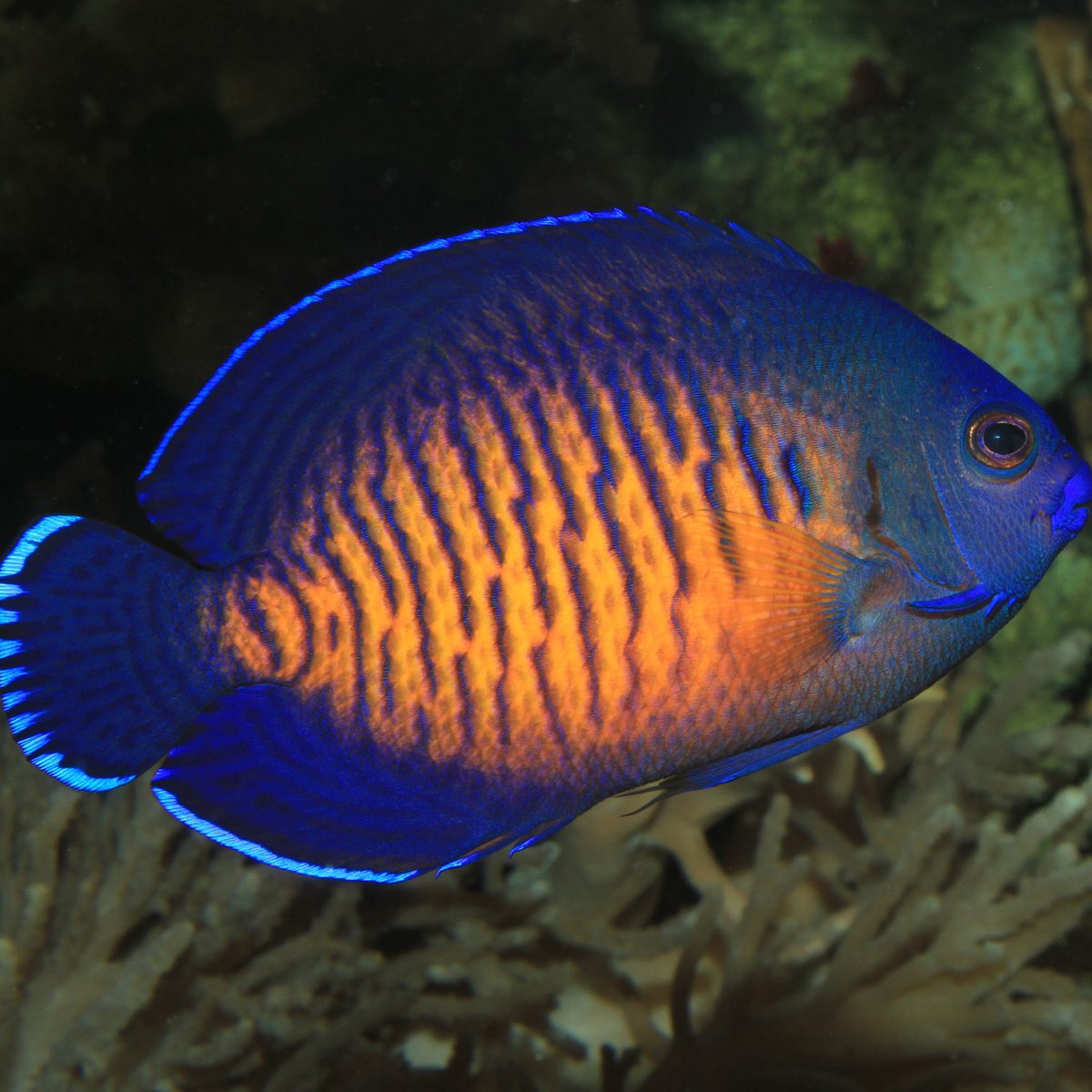
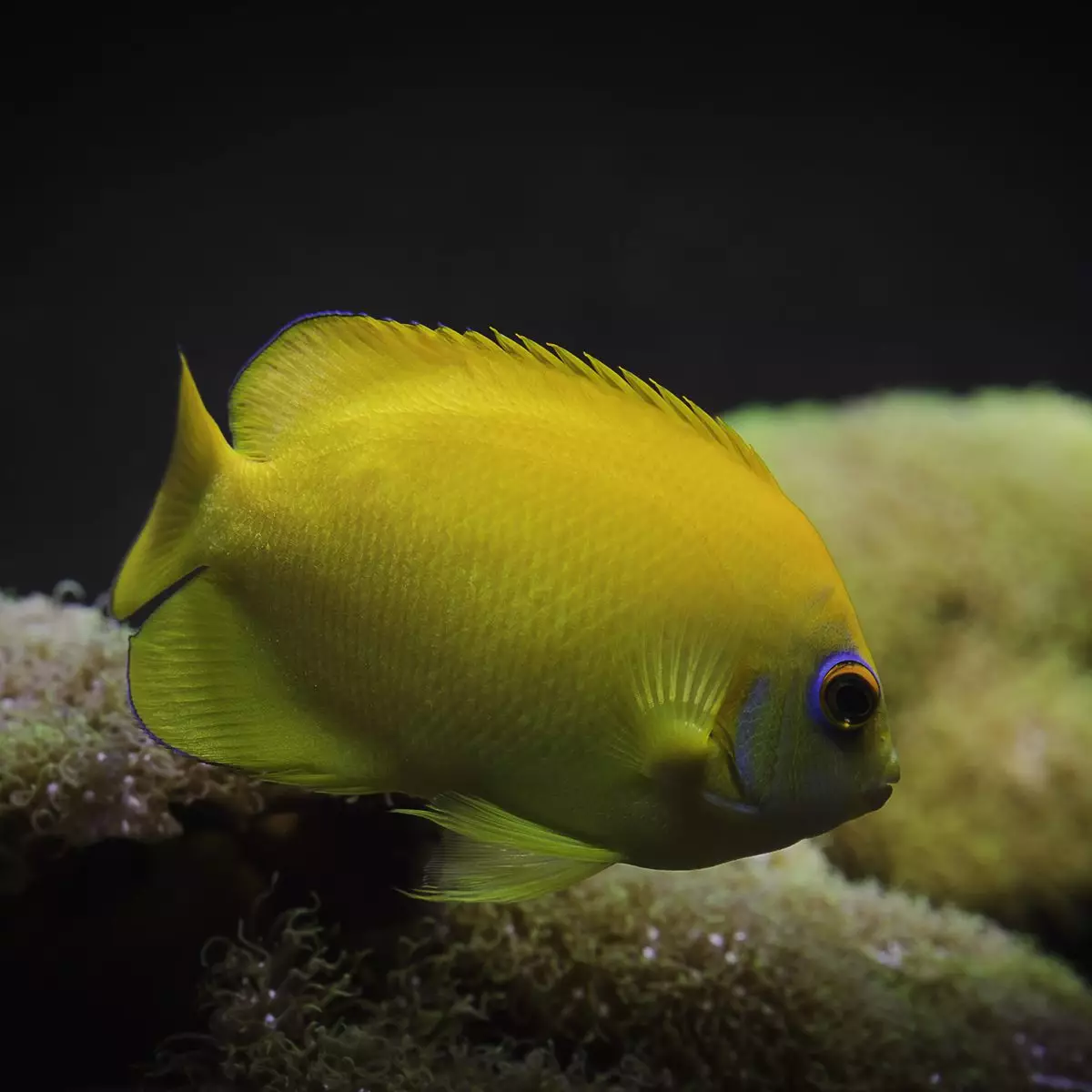

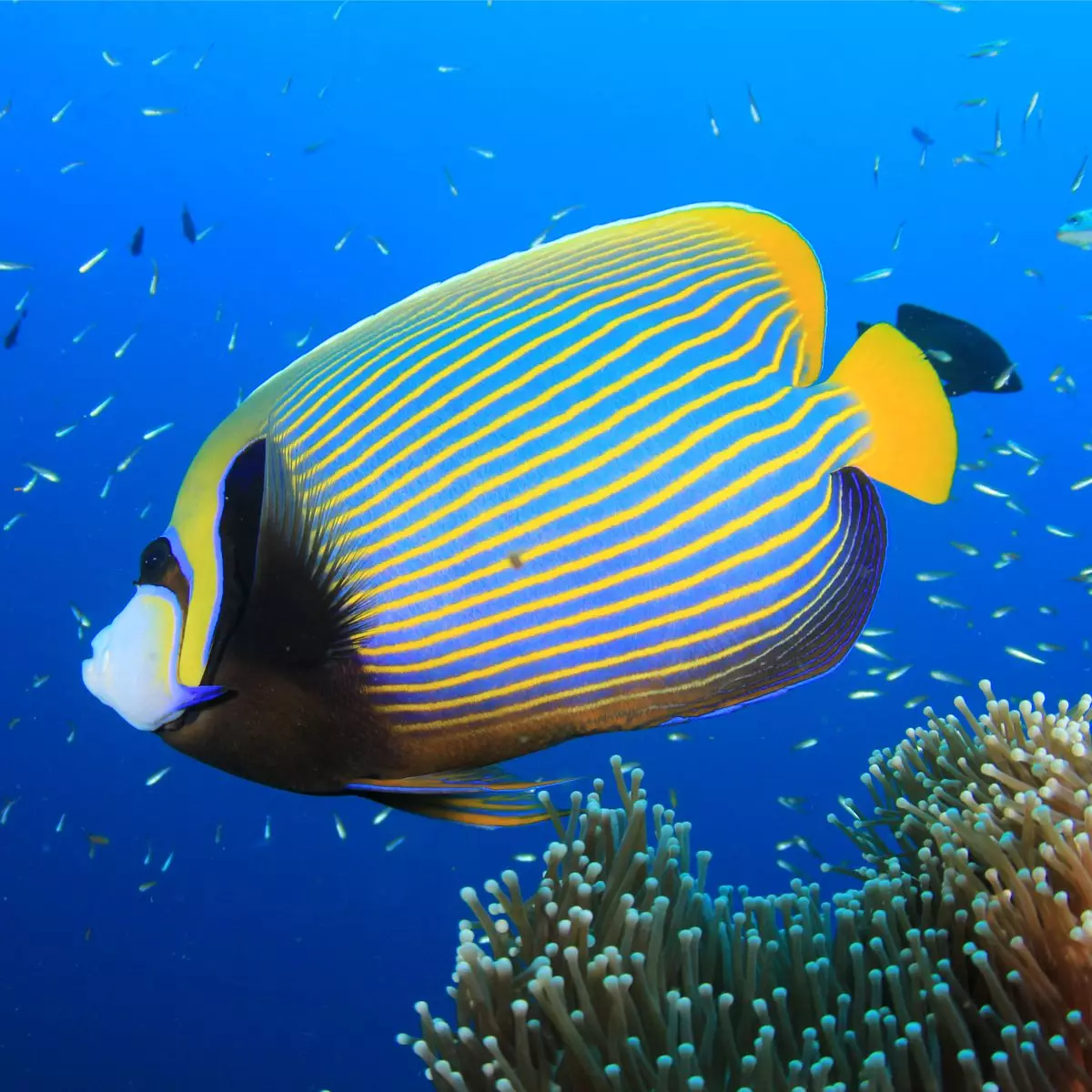
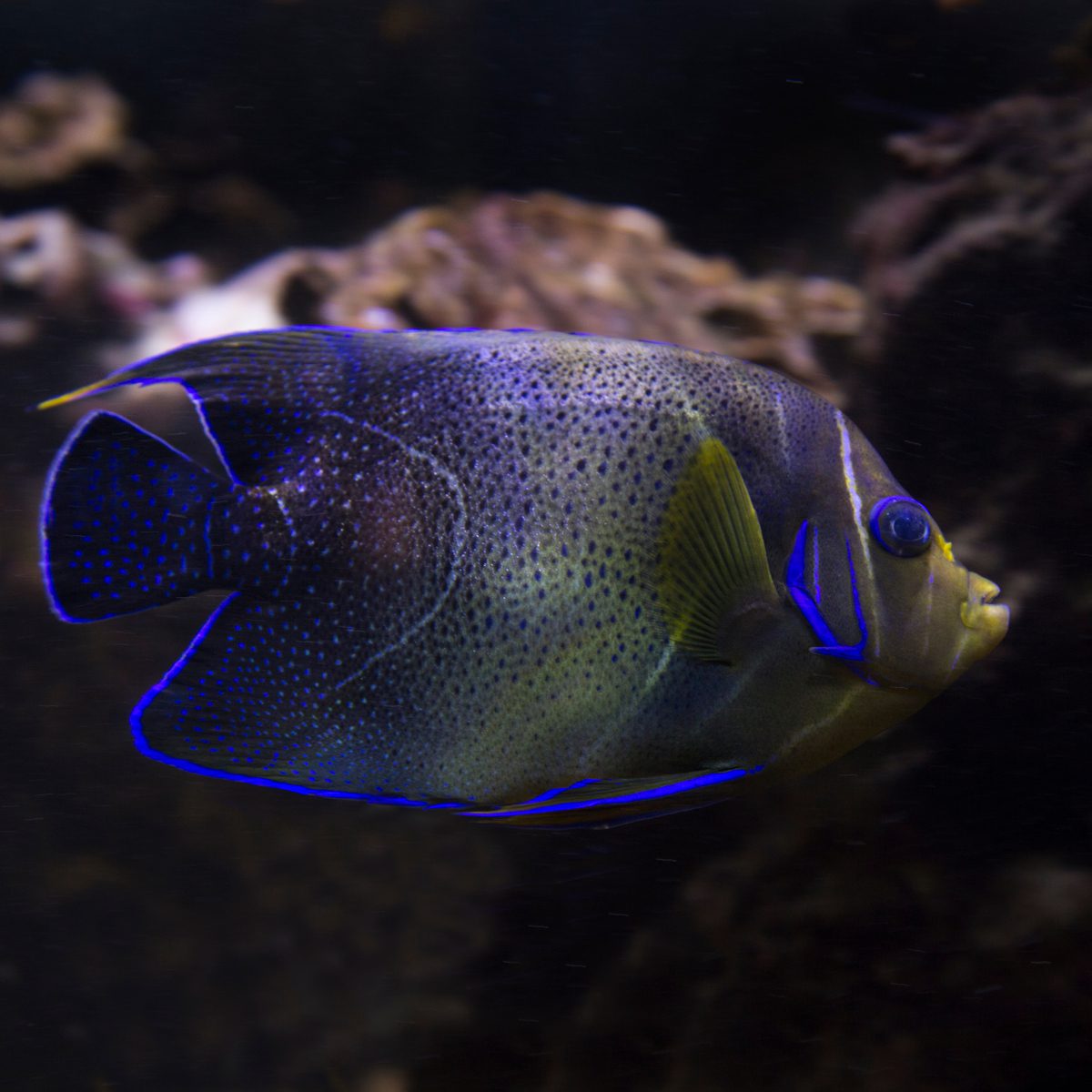
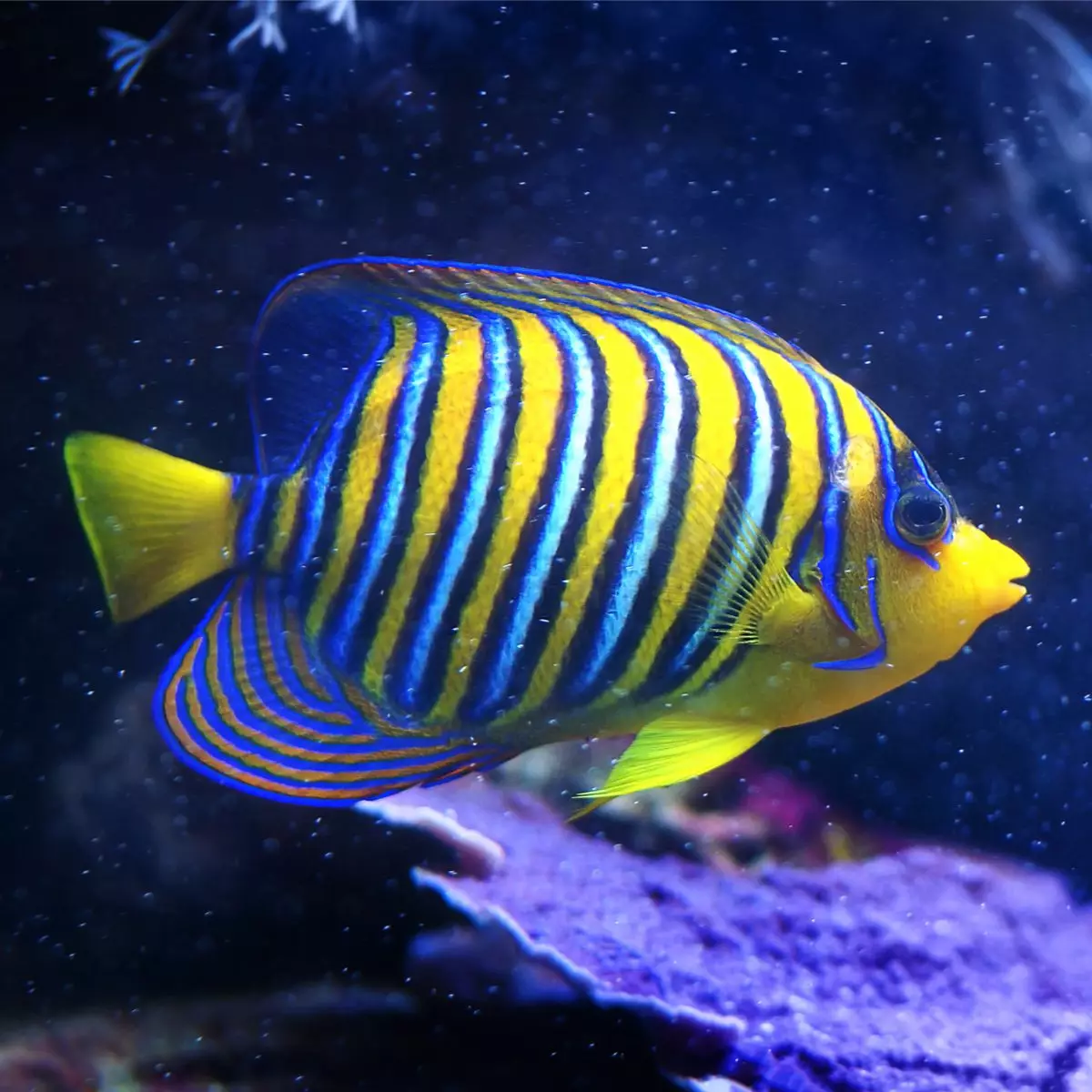
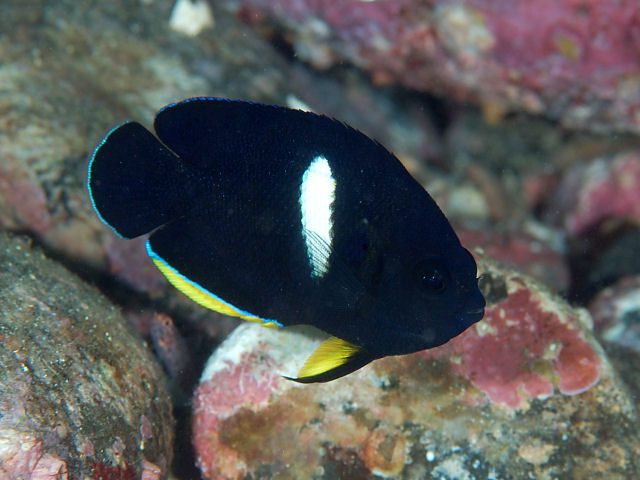
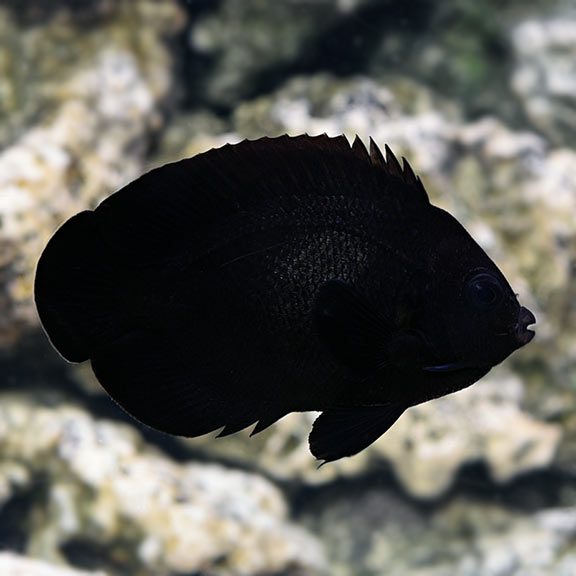
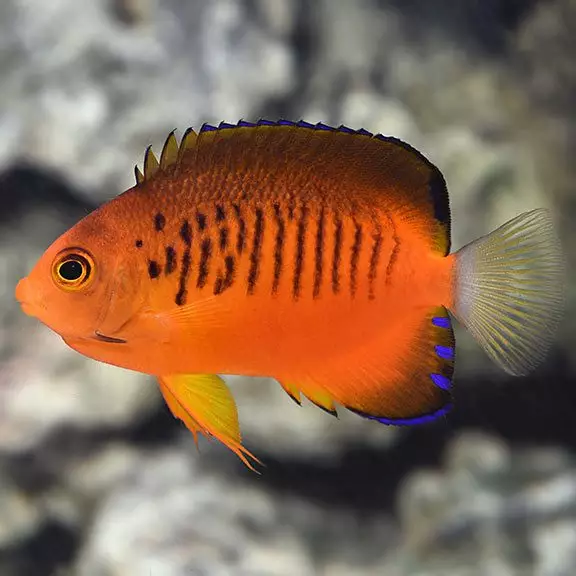

Reviews
There are no reviews yet.